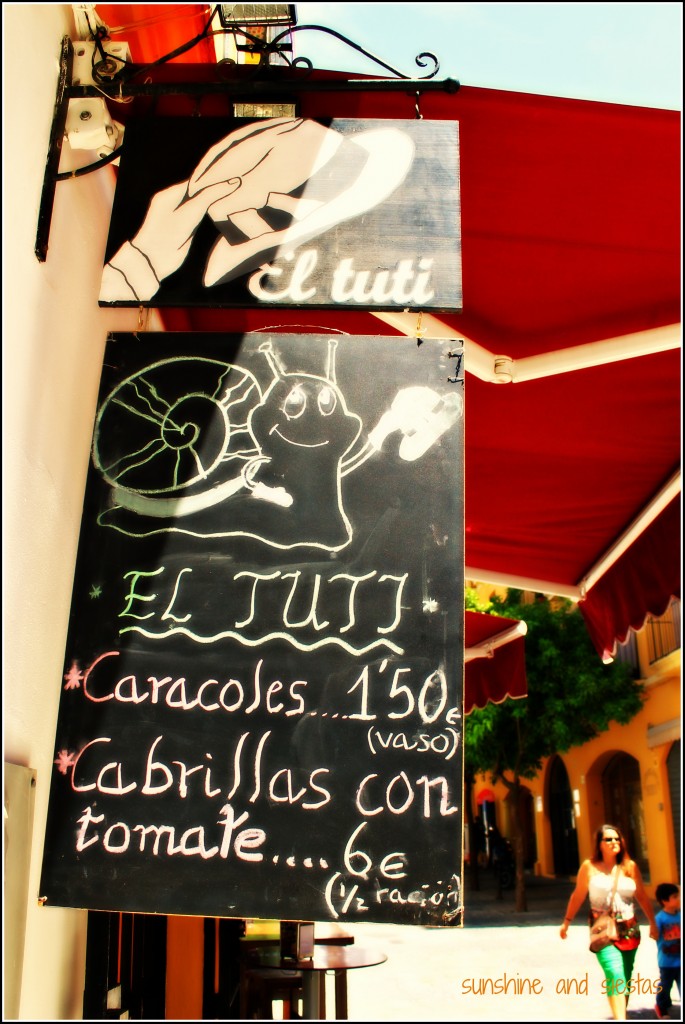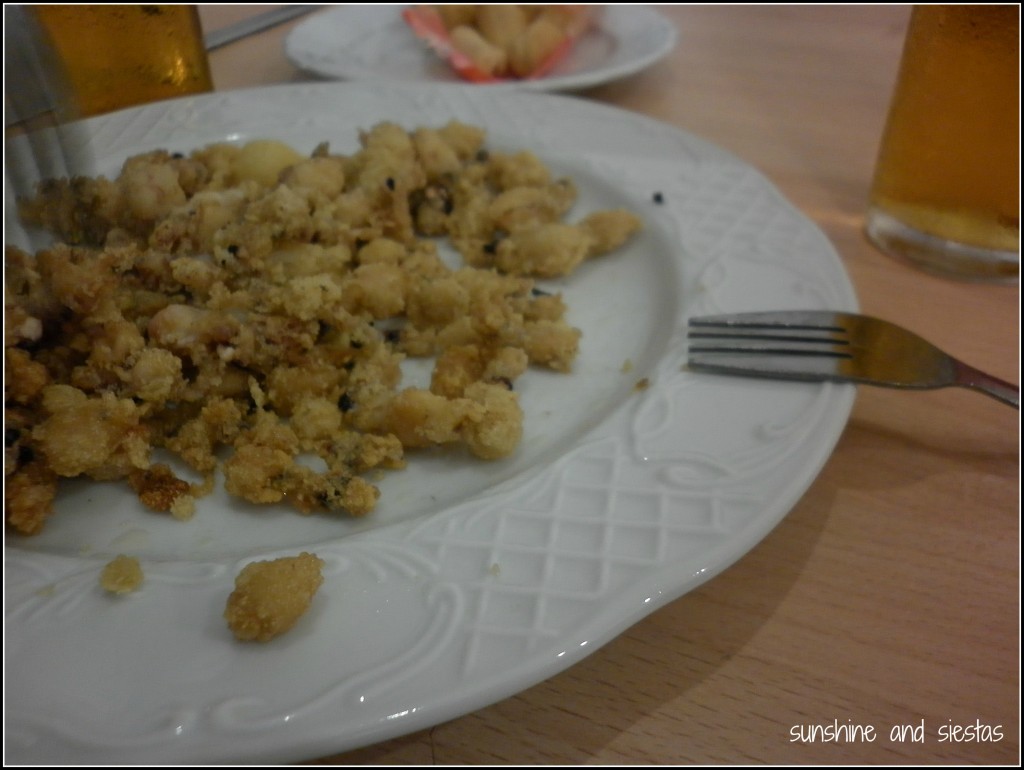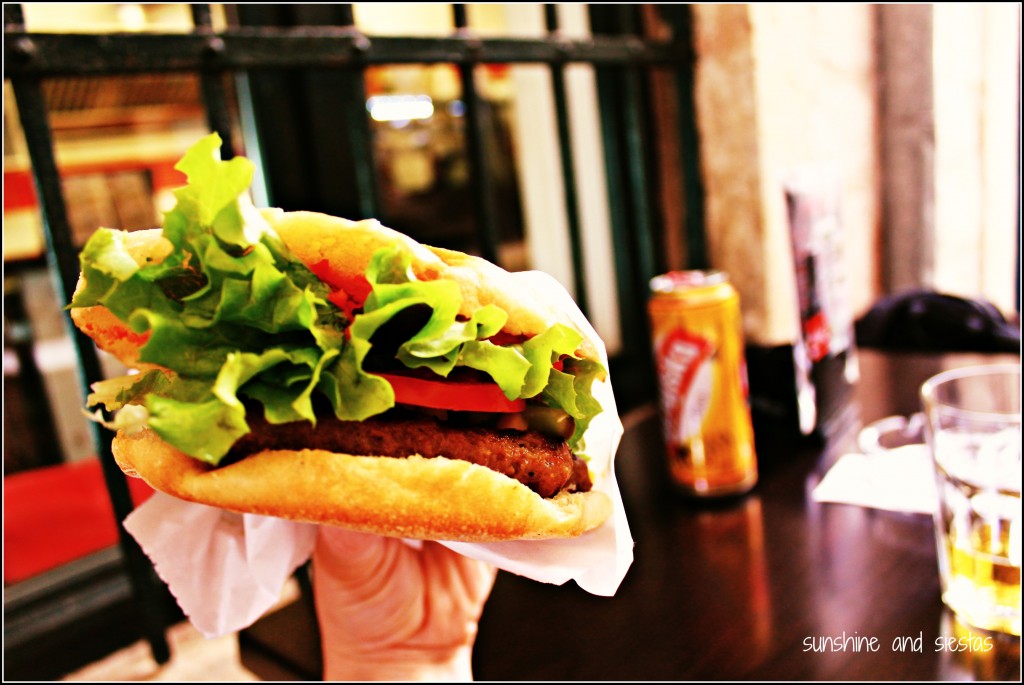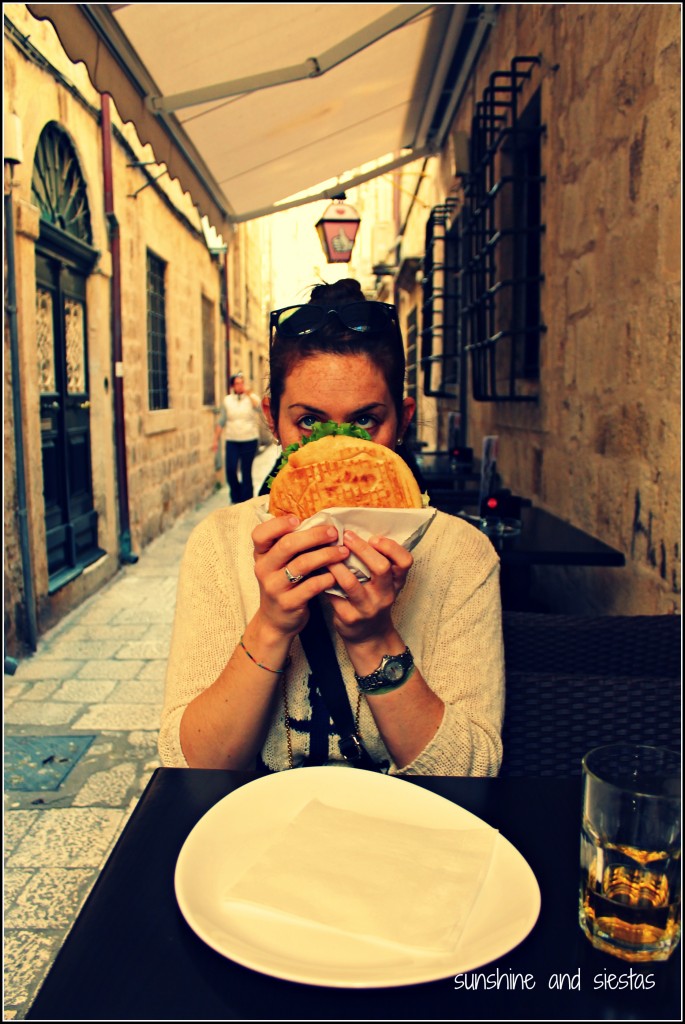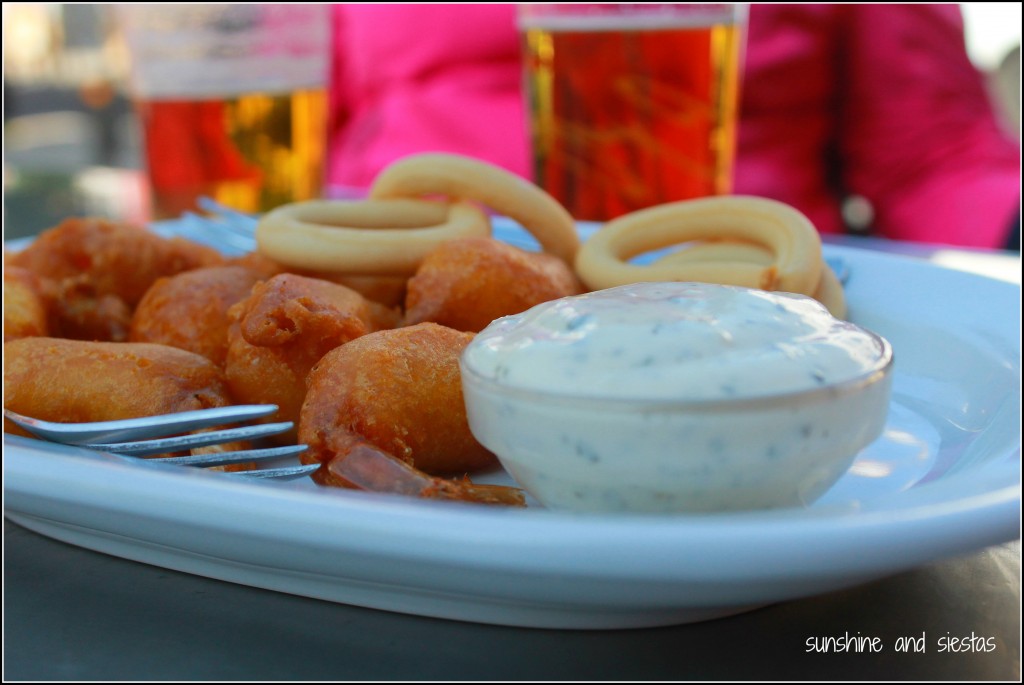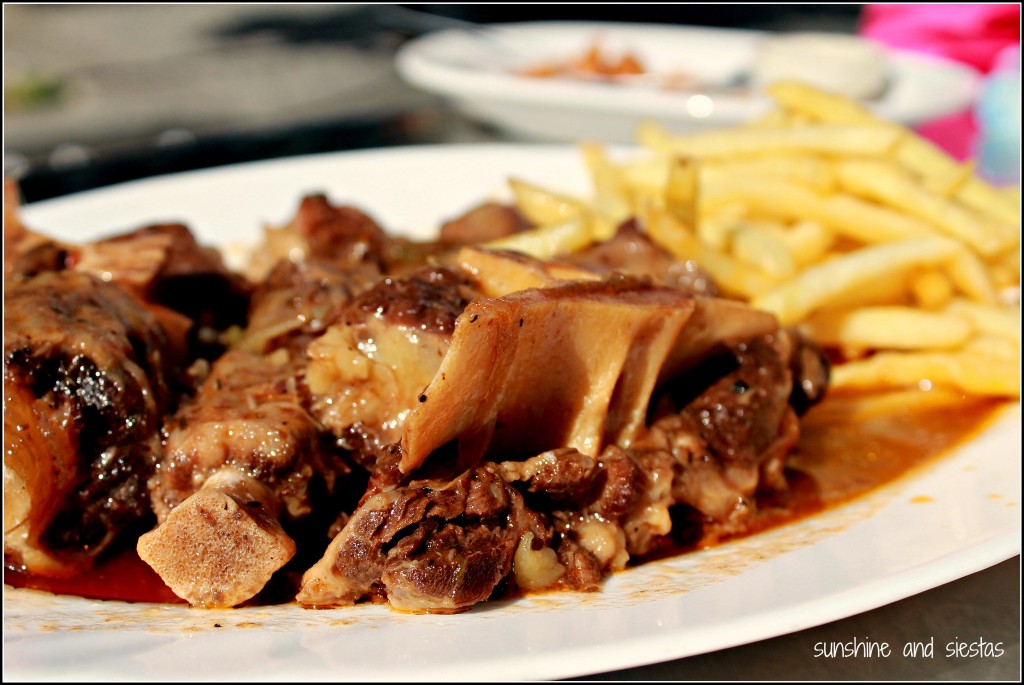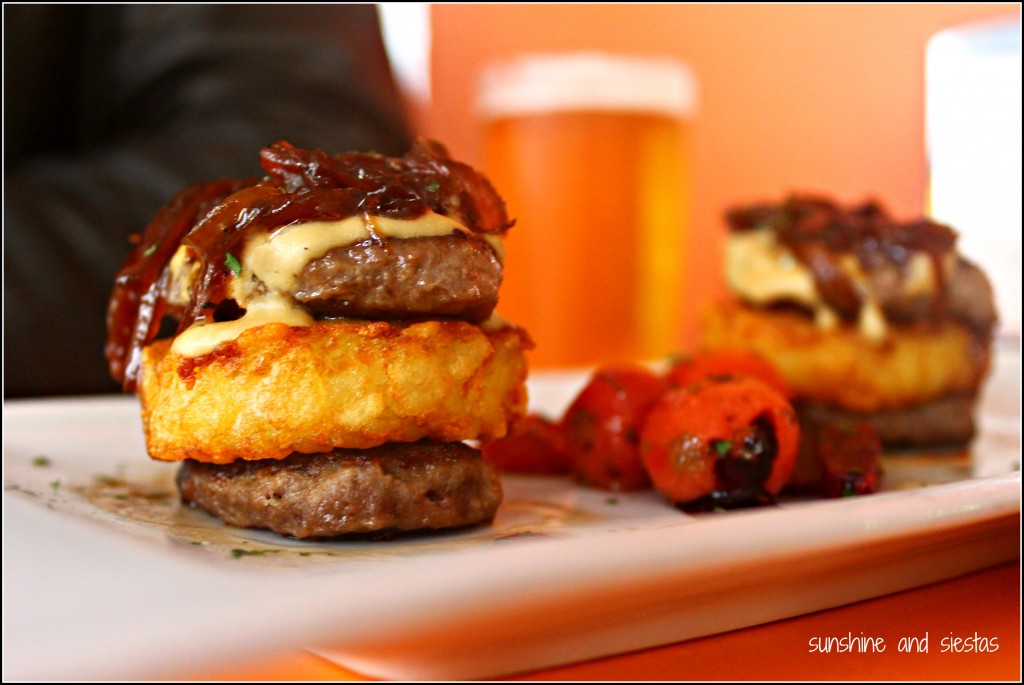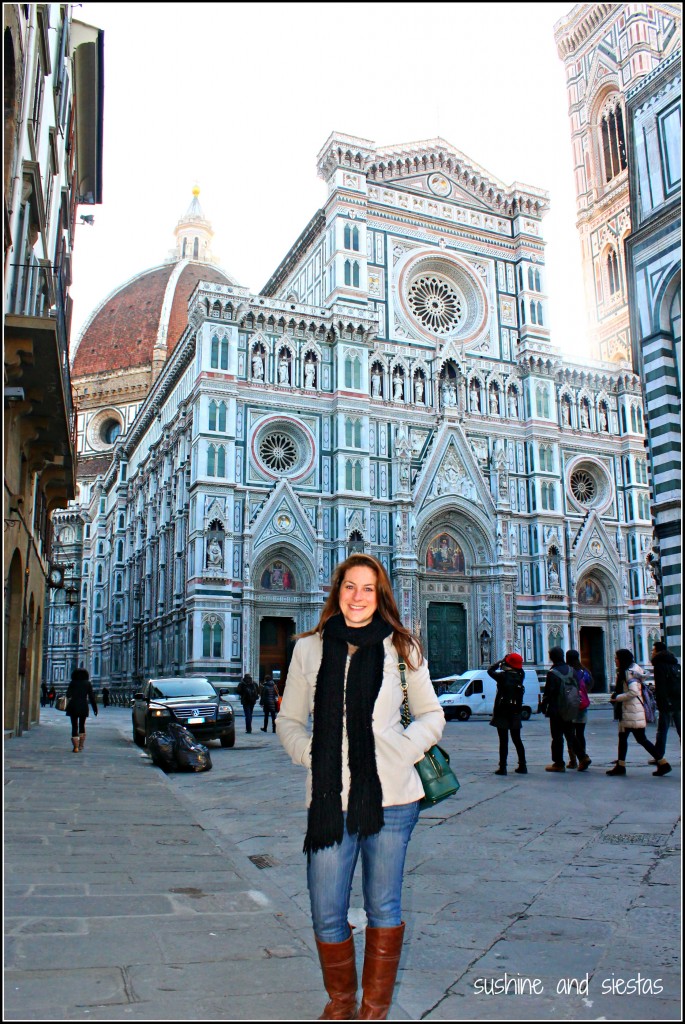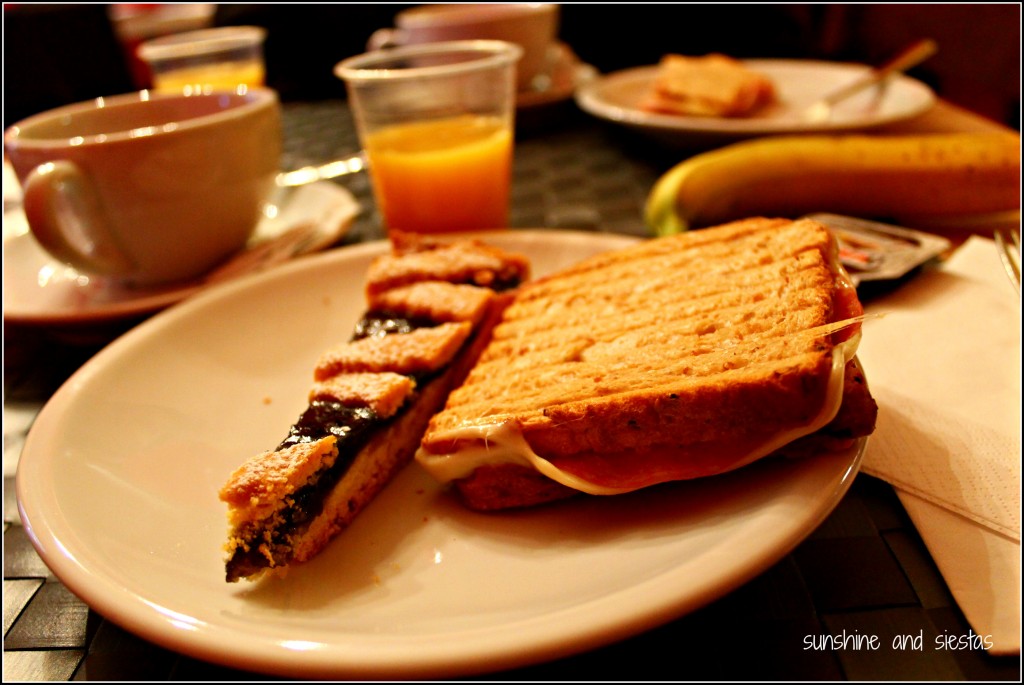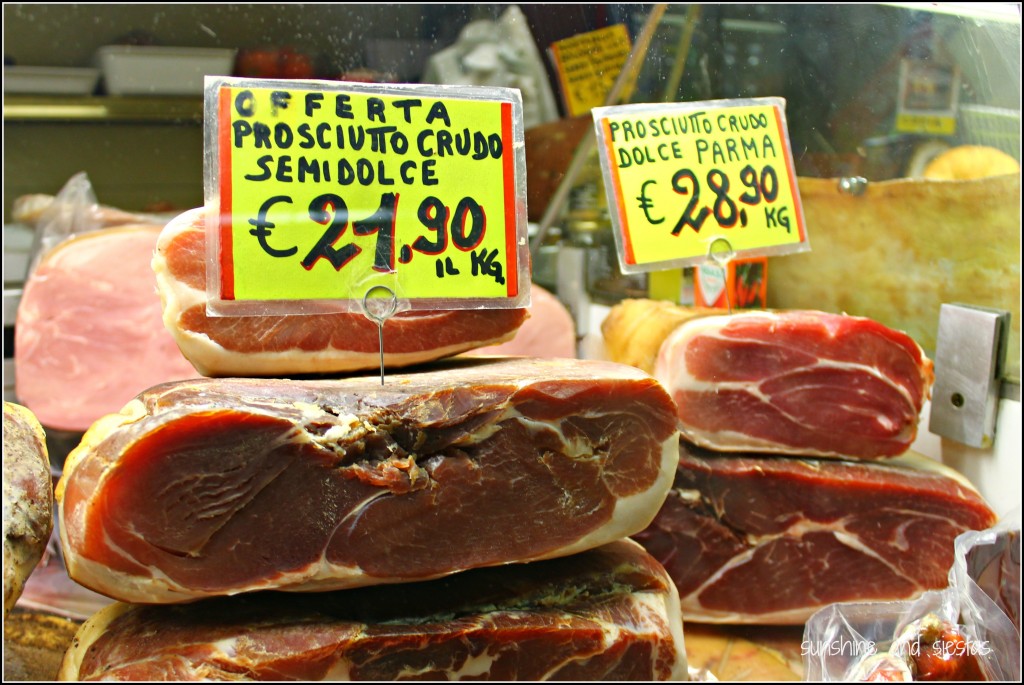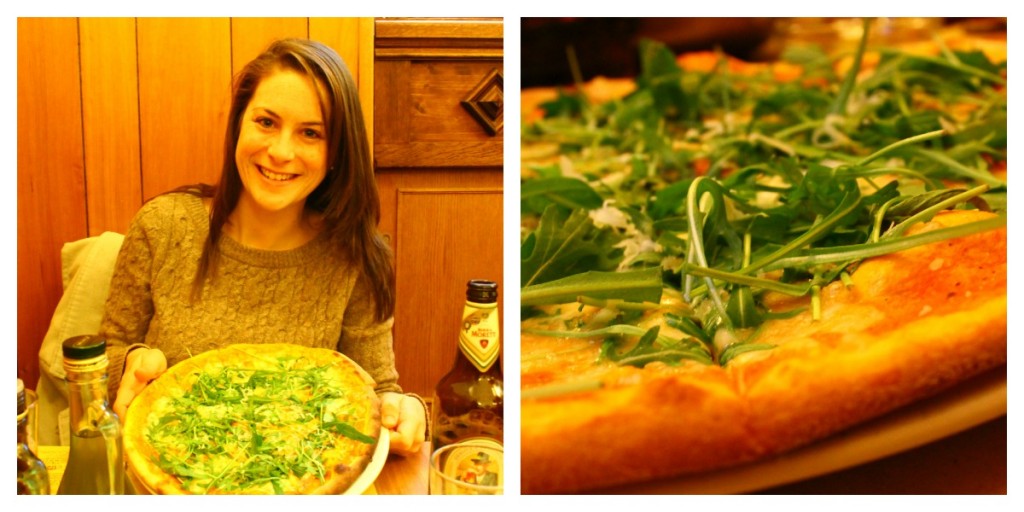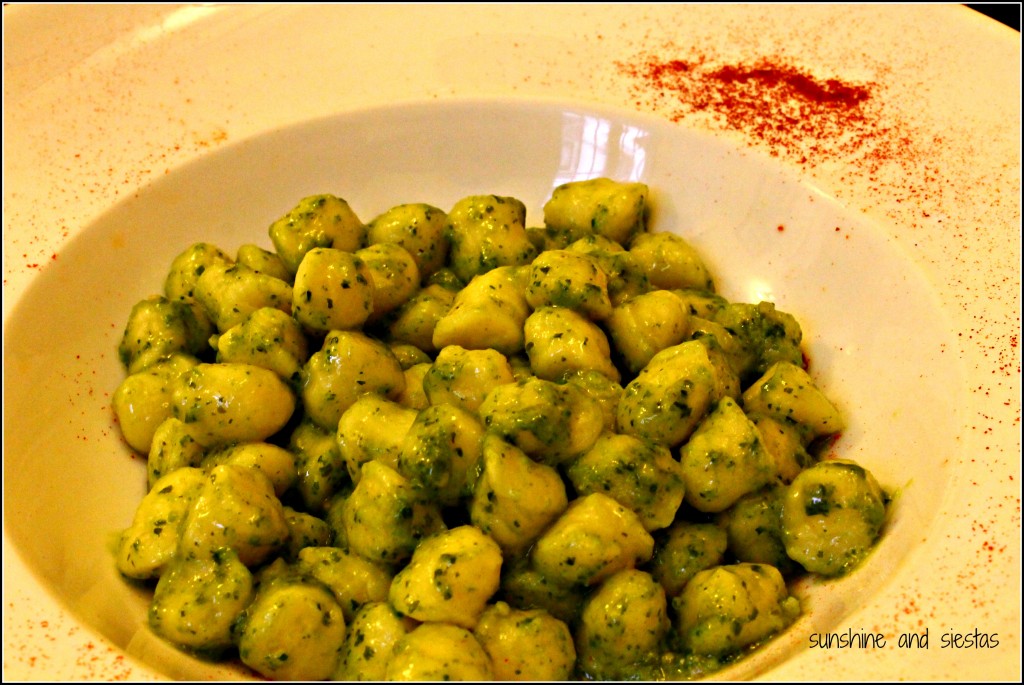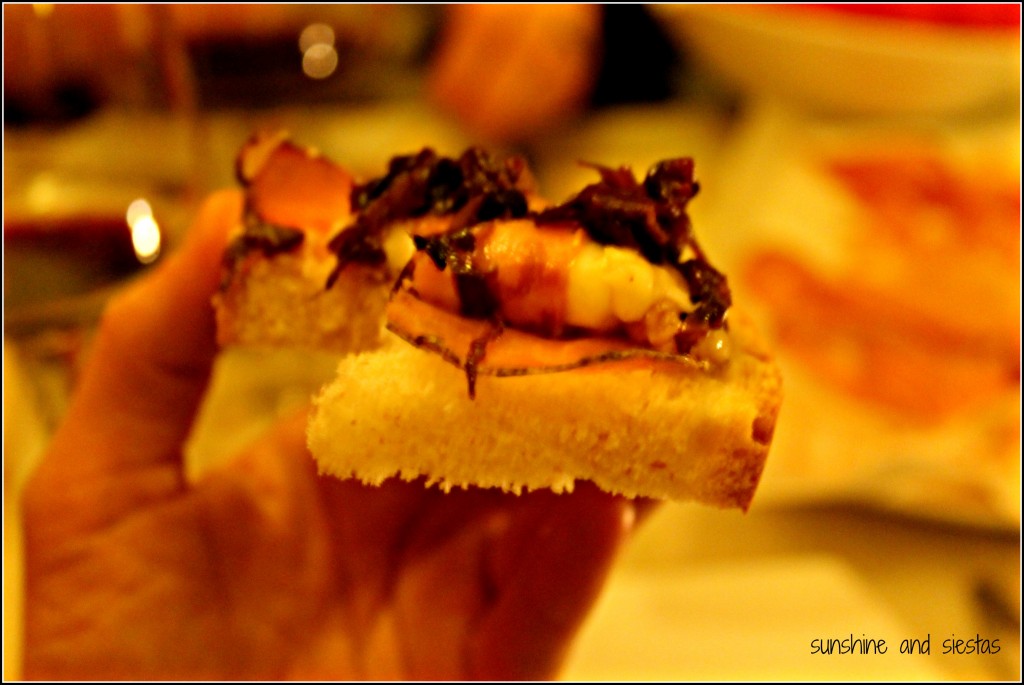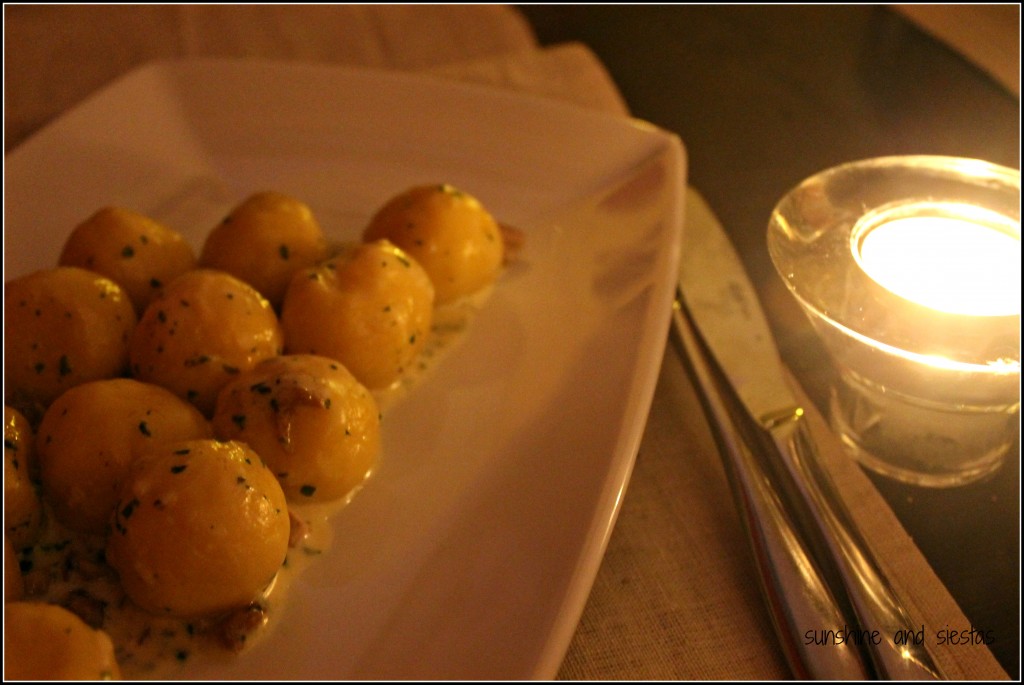Spain is a country in which some foods are seasonal: pumpkins are ripest around Autumn, chestnuts are peddled on the street at Christmastime and strawberries show up on the market in February or March.
Then the signs start showing up: HAY CARACOLES. Snails here.
For someone who’s a texture freak when it comes to food, I slurped down my first little tentacled creature during my first Spring in Seville. And I wanted more. Like shrimp, I’ve learned to love them and giddily wait for la temporada de caracoles.
What it is: This little bugger, a common snail in English, has been eaten since the Bronze Age, and in Spain they’re prepared by cleaning the mollusk while it’s still alive, and boiling them over low heat with garlic, spices, salt and cayenne pepper for nearly two hours. You can get a tapa for around 1,80€, a plate for 5€ or even buy bags of live snails on the street near market and make them at home.
Where it comes from: Snails are eaten all over the place, but the caracoles that you’ll commonly find in Seville are found near the Atlantic coast and in Morocco.
Goes great with: Alright, it’s getting trite now…everything just tastes better with beer. The Novio and I often meet after work for a beer or two and a tapa of caracoles.
Where to find them: Bars all over Seville (as well as Córdoba) will serve up tapas of caracoles during the springtime. My picks are Casa Diego in Triana (Calle Esperanza de Triana, 19. Closed Sundays) and Cervecería La Tiza in Los Bermejales (Avda. de Alemania, s/n. Open daily).
Like caracoles? Have a Spanish food you’d like to see featured on my bi-weekly tapas feature? If you’re interested in learning more about mollusks, read more on my guest post on Spanish Sabores.
